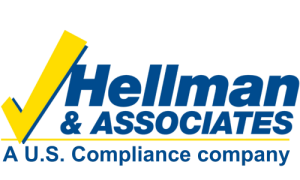Written Program
Your employer is responsible for establishing and maintaining a respiratory protection program. The written program should identify the contaminants and respirators for those hazards, the responsibilities the employer and employees, training and all associated documents.
Respirator Selection
Not all respirators are created equally. Prior to wearing a respirator, you must know the contaminants in the air and oxygen concentrations. Utilize Safety Data Sheets (SDS), air sampling and process knowledge to determine the hazards to employees. Respirators are to be used when effective engineering controls such as ventilation are not adequate or feasible.
Respirators can be air-purifying or atmosphere-supplying. Air purifying include dust masks, half face, full face and powered air purifying respirators (PAPR). Atmosphere-supplying involve air lines or compressed air tanks and are not detailed in this article.
Choosing the correct air-purifying respirator and cartridge can be complex. See your company’s written program for this evaluation. This is important as different types of respirators filter cartridges are specific to airborne contaminants including particulate matter, gases, vapors, and chemical mixtures. The most common used in industry include HEPA filters (dust, metal fumes), organic vapor (solvent, adhesive, and paint vapors) or a combination of these two. The wrong cartridge will not protect you.
Medical Evaluation
Respirators can increase the difficulty of breathing. To wear a respirator (other than dust masks) employees must be medically cleared by physician or licensed health care professional first.
Fit Testing
If a respirator is required (not voluntary), employees must be fit tested to ensure the respirator provides the desired protection. Fit testing is required annually and typically involves irritant smoke that will make the user cough if gaps are present. If the respirator does not fit, try other sizes or brands. Perform a negative seal check each time you don the respirator. Employees must be clean shaven when wearing respirators.
Inspections
Respirators should be inspected prior to each use. Inspect all parts and pieces for defects, cracks and functionality of valves and seals.
Maintenance
Employees are responsible for maintaining their respirators in a reliable and sanitary condition. Store in a clean, dry container away from dust, chemicals, extreme temperatures and sunlight. Wash respirators with soap and water as needed. Replace filters per your company’s change out schedule or when breathing becomes difficult (HEPA filters). Dust masks should be disposed of after use.
